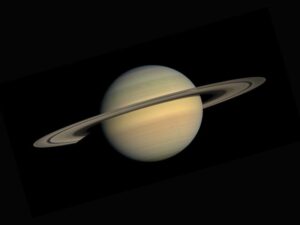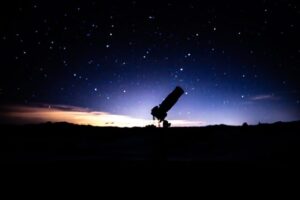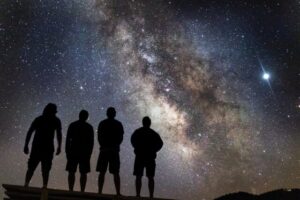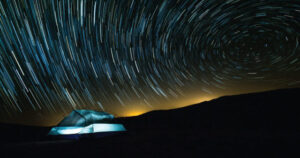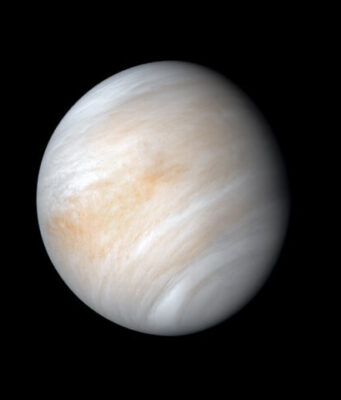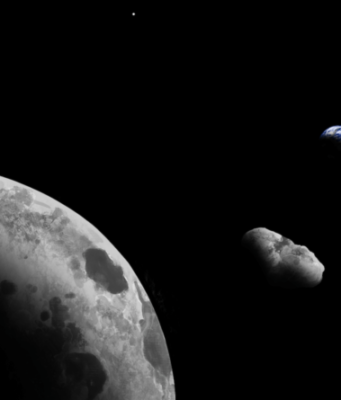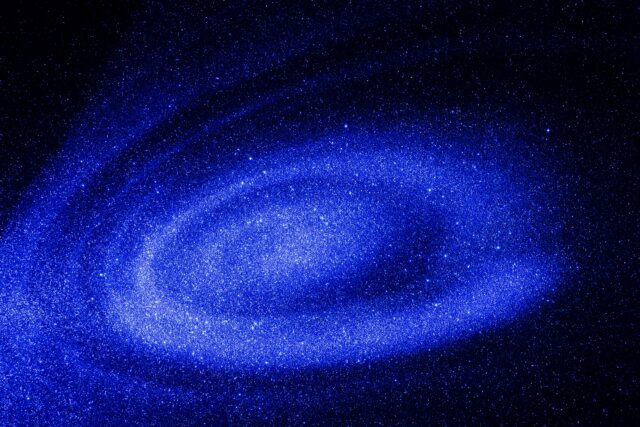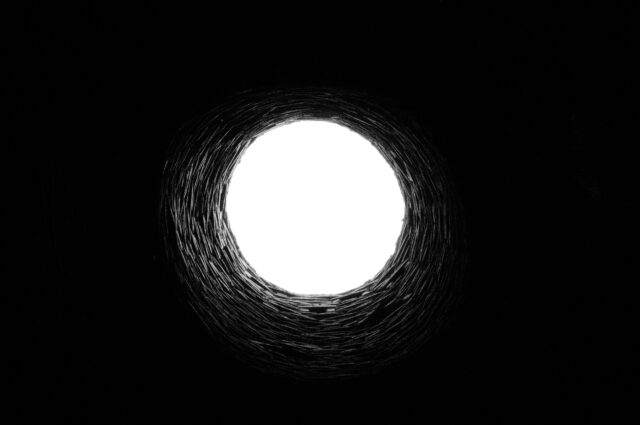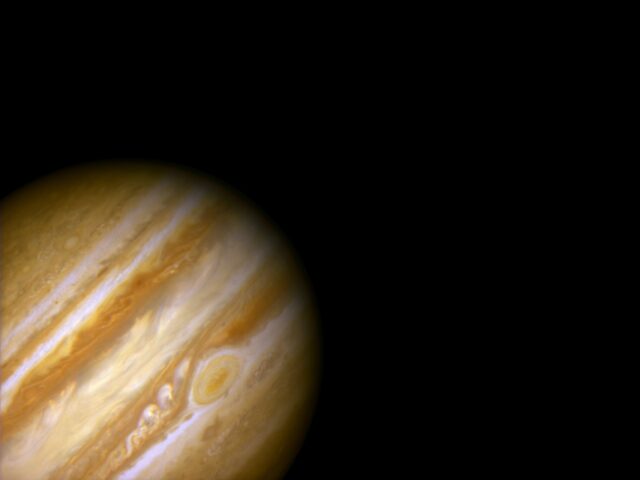Scientists have long theorized that supermassive black holes can wander through space—but catching them in the act has proven difficult.
Every massive galaxy is believed to host a supermassive black hole (SMBH) at its center. Its mass is correlated with...
A group of scientists from the Instituto de Astrofísica de Canarias (IAC) and the Instituto de Investigación Solar (IRSOL) of Locarno Monti has resolved a complex paradox of solar physics. According to the IAC, this paradox produced new research and experiments...
The newly discovered feature offers insight into the large-scale structure of our galaxy, which is difficult to study from Earth’s position inside it.
Scientists have spotted a previously unrecognized feature of our Milky Way galaxy: A contingent of young stars...
The study's target, Psyche, is the destination of an upcoming NASA mission
A close examination of the millimeter-wavelength emissions from the asteroid Psyche, which NASA intends to visit in 2026, has produced the first temperature map of the object, providing...
Black holes are one the universe's ultimate mysteries, hard to even imagine. But thanks to a recently released NASA image, we can visualize one a little bit better now.Ghostly glowing rings were captured around a black hole by NASA's Chandra...
Bright reflections that radar detected beneath the south pole of Mars may not be underground lakes as previously thought but deposits of clay instead, a new study finds.
Three studies published in the past month have cast doubt on the premise of...
Fulfilling a prediction of Einstein’s theory of general relativity, researchers report the first-ever recordings of X-ray emissions from the far side of a black hole.
Watching X-rays flung out into the universe by the supermassive black hole at the center...
As billionaires battle it out in a space race that only a handful of the world's richest persons can play, a highly inclusive international project is looking in the other direction–what's flying towards Earth–and all are welcome.
Led by Western...
On Aug. 26, 2020, NASA's Fermi Gamma-ray Space Telescope detected a pulse of high-energy radiation that had been racing toward Earth for nearly half the present age of the universe. Lasting only about a second, it turned out to...
New models of neutron stars show that their tallest mountains may be only fractions of millimeters high, due to the huge gravity on the ultra-dense objects. The research is presented today at the National Astronomy Meeting 2021.
Neutron stars are...
The probe flew closer to Jupiter's largest moon, Ganymede, than any other spacecraft in more than two decades, offering dramatic glimpses of both the icy orb and the gas giant.
On June 7, 2021, NASA's Juno spacecraft flew closer to...



